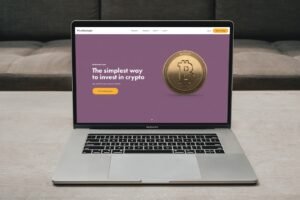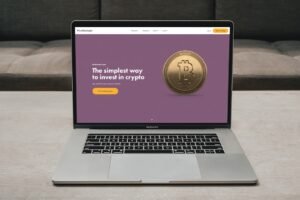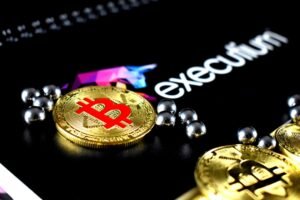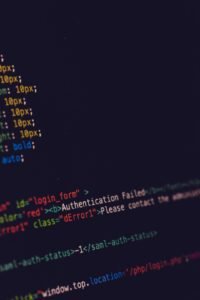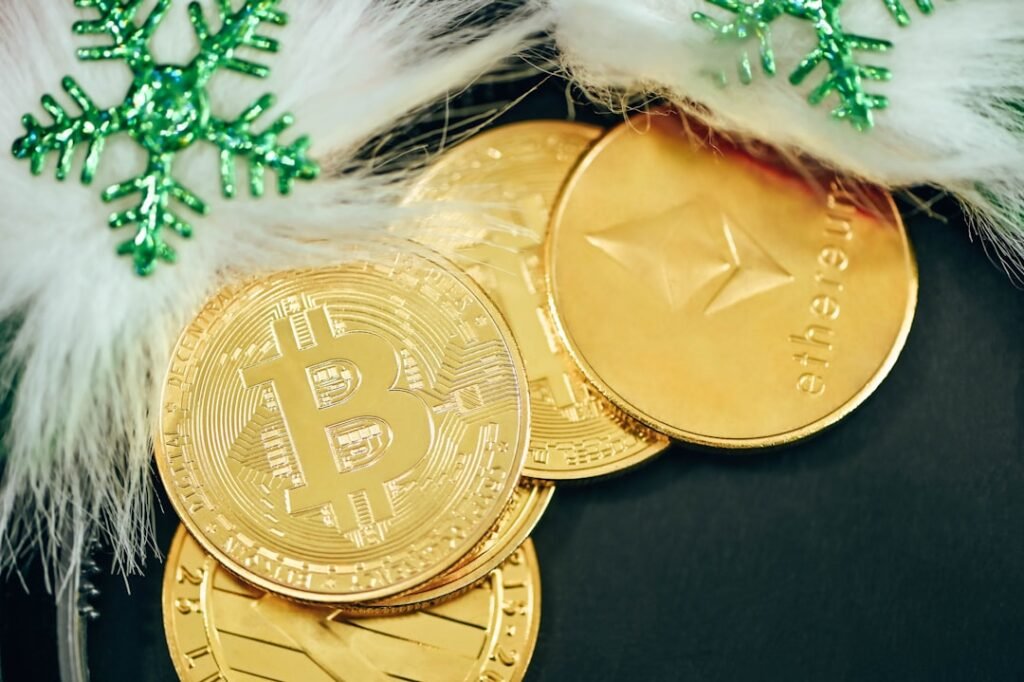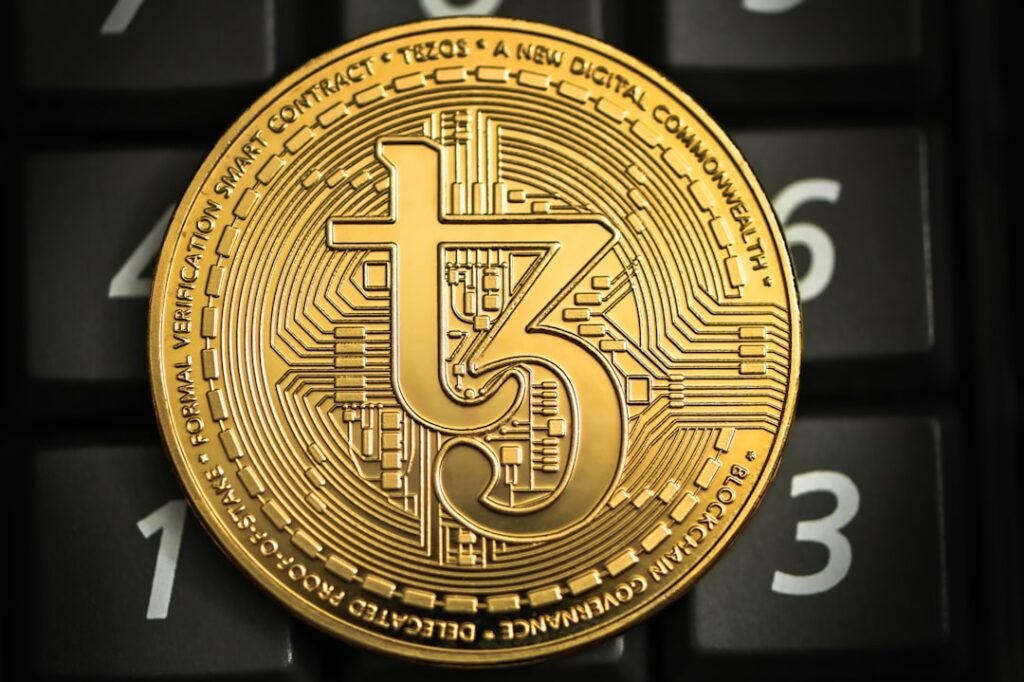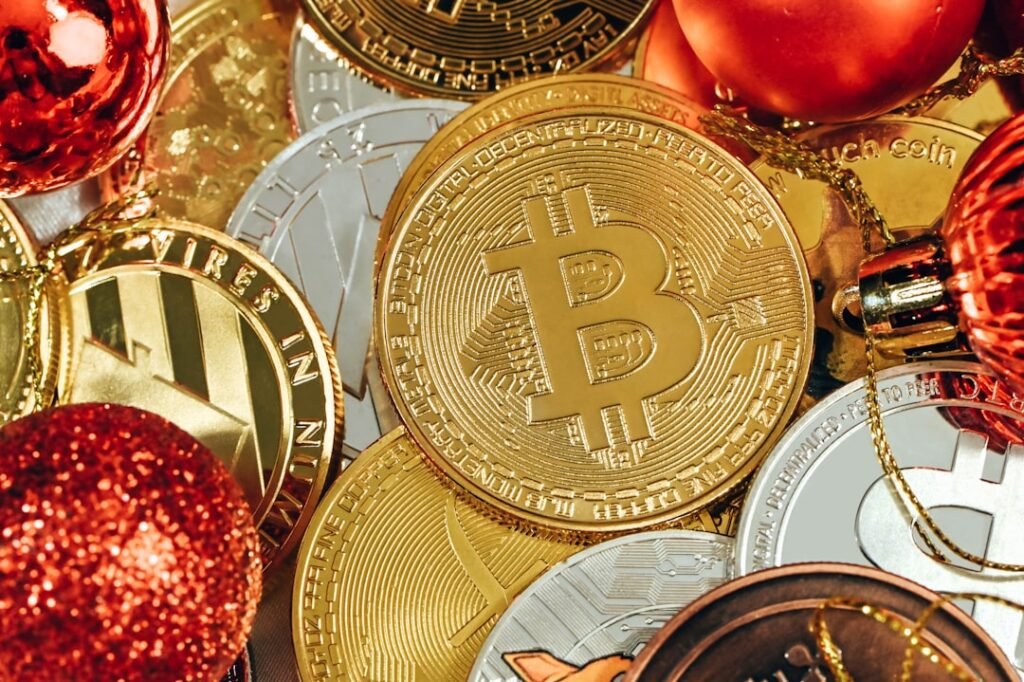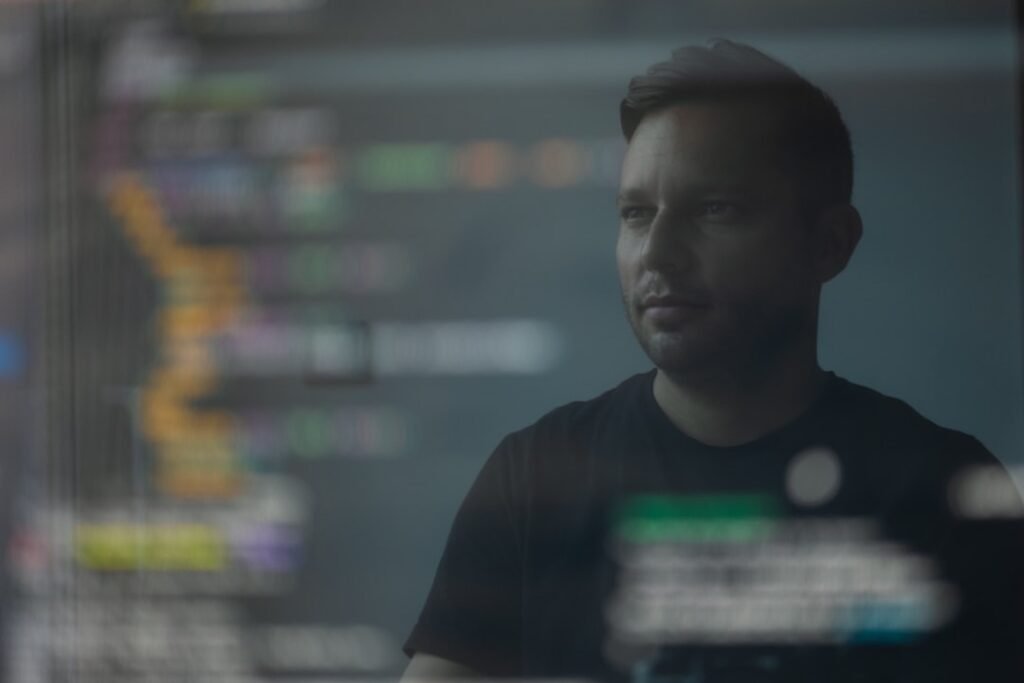Unlock Trillions: How Tokenization Turns Real Estate and Art into Digital Gold
Asset tokenization is revolutionizing ownership. Imagine buying a fraction of a Picasso painting or a prime Manhattan skyscraper with just a few clicks. This isn't science fiction—it's happening today through blockchain technology, converting trillions in real-world value into tradable digital tokens.
What Exactly is Asset Tokenization?
Asset tokenization represents ownership rights of real-world assets as digital tokens on a blockchain. These tokens act like digital certificates of ownership for virtually anything valuable—physical, digital, fungible, or non-fungible. Key characteristics include:
- Permissionless liquidity: Trade tokens 24/7 without traditional intermediaries
- Open access: Fractional ownership unlocks high-value assets for smaller investors
- Onchain transparency: Immutable records prevent fraud and forgery
- Reduced friction: Streamlined settlement replaces weeks-long processes with minutes
"Tokenization could encompass nearly all human economic activity—a market exceeding $100 trillion annually."
Major institutions like BlackRock, Goldman Sachs, and Deloitte confirm tokenization's disruptive potential. BlackRock's CEO Larry Fink calls tokenized assets "the next generation for markets," while BNY Mellon states it "opens illiquid assets to investors globally."
Real-World Assets Becoming Tokens: Beyond Theory
Tokenized Real Estate
Fractional ownership of properties is eliminating traditional barriers:
- Commercial buildings tokenized into millions of shares
- Investors earn proportional rental income via automated smart contracts
- Secondary markets enable instant trading (unlike months-long property sales)
Example: Platforms like Centrifuge tokenize real estate debt, enhancing transparency and liquidity.
Fine Art Tokenization
Masterpieces are being democratized:
- A $20 million painting divided into 20,000 tokens at $1,000 each
- Blockchain provenance tracks ownership history, eliminating forgery risks
- Royalty distributions automated to token holders during exhibitions
Example: Tokenized Warhol artworks now trade on specialized platforms.
Other Tokenizing Assets
- Commodities: Gold bars (e.g., Cache Gold), oil reserves, agricultural products
- Financial Instruments: Treasury bills (Blackrock’s BUIDL fund), corporate bonds, equities
- Carbon Credits: Transparent environmental assets fighting greenwashing
- 智慧財產權: Royalty streams from patents, music, or film rights
The Tokenization Engine: How It Actually Works
Creating tokenized assets involves critical steps:
-
Asset Selection
Identify the target asset (real estate, art, bonds, etc.) and establish legal ownership frameworks. -
Token Definition
Choose between fungible (ERC-20) or non-fungible (ERC-721) standards based on divisibility needs. -
Blockchain Selection
Opt for public (Ethereum, Hedera) or permissioned (Canton Network) ledgers depending on compliance requirements. -
Oracle Integration
Connect to secure oracles like Chainlink for real-world data:- Proof of Reserve: Verifies 1:1 asset backing (e.g., TUSD stablecoin)
- Price Feeds: Ensures accurate market valuations
- Secure Mint: Prevents unbacked token creation
-
Compliance & Issuance
Audit assets with third parties, then mint tokens via audited smart contracts.
Why Institutions Are Betting Billions
Liquidity Revolution
Tokenization solves the "frozen asset" problem:
- Commercial real estate (typically 6-12 month sales cycles) trades instantly
- Fractional shares enable micro-investments from global pools of capital
- Ondo Finance now tokenizes U.S. Treasuries, attracting $185M+ in weeks
Democratized Access
Barriers crumbling for retail investors:
- Minimum investments drop from $500,000+ to $100
- Emerging markets gain exposure to developed-world assets
- Vanguard’s blockchain pilot enables fractional corporate bond access
Unprecedented Transparency
Blockchain’s immutable ledger:
- Tracks an artwork’s entire provenance history
- Automates dividend/rental distributions via smart contracts
- Reduces due diligence from weeks to minutes
DeFi Composability
Tokenized assets integrate with decentralized finance:
- Use tokenized real estate as collateral for crypto loans
- Earn yield on tokenized T-bills within Aave pools
- Create hybrid investment baskets (e.g., "40% tokenized gold, 60% tokenized S&P 500")
The Oracle Imperative: Why Data Integrity Matters
Tokenization’s weakest link? Connecting real-world truth to blockchain. Enter decentralized oracles:
Chainlink Proof of Reserve secures major projects:
- OpenEden: Tokenized U.S. Treasuries
- Backed Finance: Tokenized equities (e.g., Apple, Tesla)
- Poundtoken: GBP-pegged stablecoin
Cross-Chain Interoperability Protocol (CCIP) enables:
- Unified records across multiple blockchains
- Synchronized asset data (NAV, prices, identity)
- Goldman Sachs’ GS DAP™ platform uses this for institutional tokenization
Without robust oracles, tokenization risks becoming "garbage in, garbage out" digital claims.
Trailblazers Leading the Tokenized Future
-
BlackRock BUIDL
$250M+ tokenized treasury fund paying daily yields via Ethereum. -
Goldman Sachs GS DAP™
Institutional-grade platform for issuing/compliance of tokenized assets. -
Ondo Finance
Democratizing access to treasury bonds and structured products. -
Centrifuge
$400M+ real-world assets funded through DeFi lending pools.
Tomorrow’s Tokenized World
The next frontier is staggering:
- Fractionalized Skyscrapers: Own 0.001% of Empire State Building
- Dynamic Royalties: Automatic payments to token holders when songs stream
- Carbon Market Revolution: Micro-participation in environmental projects
- Gaming Economies: True ownership of digital assets across metaverses
As Deloitte predicts: "Tokenization will become the default for asset management within a decade."
The Verdict
Asset tokenization isn’t just digitizing ownership—it’s redefining value exchange. By merging blockchain’s efficiency with real-world assets, we’re witnessing the birth of a $100T+ market where paintings, properties, and patents trade as fluidly as stocks. The infrastructure is live, the institutions are onboard, and the revolution is irrevocable.
One hurdle remains: Will regulators keep pace with innovation? As BNY Mellon notes, "The technology is ready. The framework must follow."

